Within the framework of the Vietnam Global Innovation Forum (VGIC 2025) held in Singapore recently, Prof. Dr. Vu Minh Khuong from the Lee Kuan Yew School of Public Policy emphasized: Singapore is a living proof of how to utilize synergy for rapid development.
In the Lion City, synergy is present in every aspect of life: from urban planning that optimizes amenities and enhances people's living experiences; to administrative management that focuses on convenience, combined with the sustainability of green, clean spaces of trees. The country's technology and innovation sector is no exception.
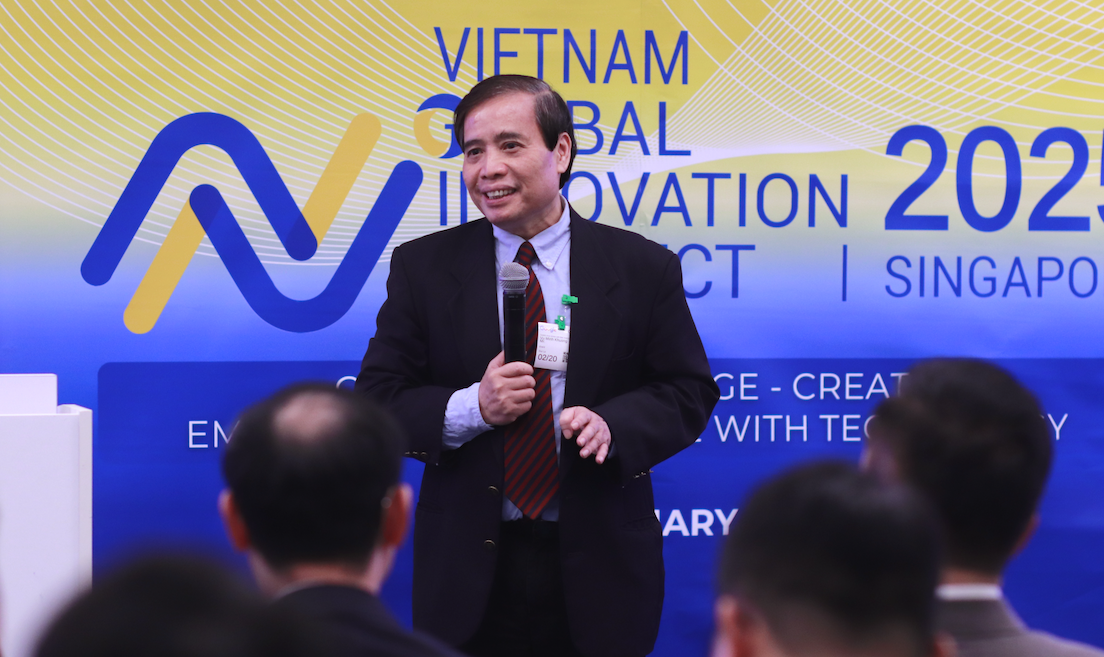
Prof. Dr. Vu Minh Khuong from the Lee Kuan Yew School of Public Policy (Singapore) shared at VGIC 2025. Photo: Ngo Vinh
“They do not do everything in isolation, but always try to stand on the shoulders of giants – leading technology corporations – to develop together ,” said Professor Khuong. This is a great lesson for Vietnam, which is to cooperate with large-scale enterprises to affirm its own position.
Despite its area being only slightly larger than Phu Quoc Island, limited resources and population of about 6 million people, Singapore has risen to become one of the world's leading economies.
With a multi-ethnic community – more than 70% Chinese, 20% Malaysian and many other communities, including more than 10,000 Vietnamese – the country turns differences into a unifying force.
“ When you come to Singapore, you will be surprised to see people of different religions still sitting at the same table and chatting intimately ,” Professor Khuong shared.
Singapore focuses on investing in knowledge, inviting the world's leading experts to solve the country's specific challenges and problems. The approach of standing on the shoulders of giants is also a common trend in the technology world.
Professor Khuong cited that AI startup DeepSeek has helped China narrow the 3-5 year gap with the US in the GenAI race in a short time.
“Being willing to share initiatives and breakthroughs with other countries, while respecting all valuable contributions, is the spirit of true innovation,” he emphasized.
The secret to industrial development and attracting semiconductor talent
Singapore currently contributes more than 10% of global semiconductor production, 20% of industry equipment and 5% of wafer manufacturing capacity, affirming its important position in the international supply chain.
Speaking to VietNamNet at VGIC 2025, Mr. Samuel Ang, ASEAN Regional Director of the Asian Development Bank (ADB), said that this success comes from the close collaboration between three pillars: government, education and business.
The Singapore Government plays a role in creating and enacting policies to attract talent and develop semiconductor resources through initiatives such as the Industry Scholarship (SgIS) and the Internship Programme (IPP).
During 2021-2025, the country pledged to invest $13.6 billion in research and development (R&D), infrastructure and tax incentives to boost the semiconductor industry.
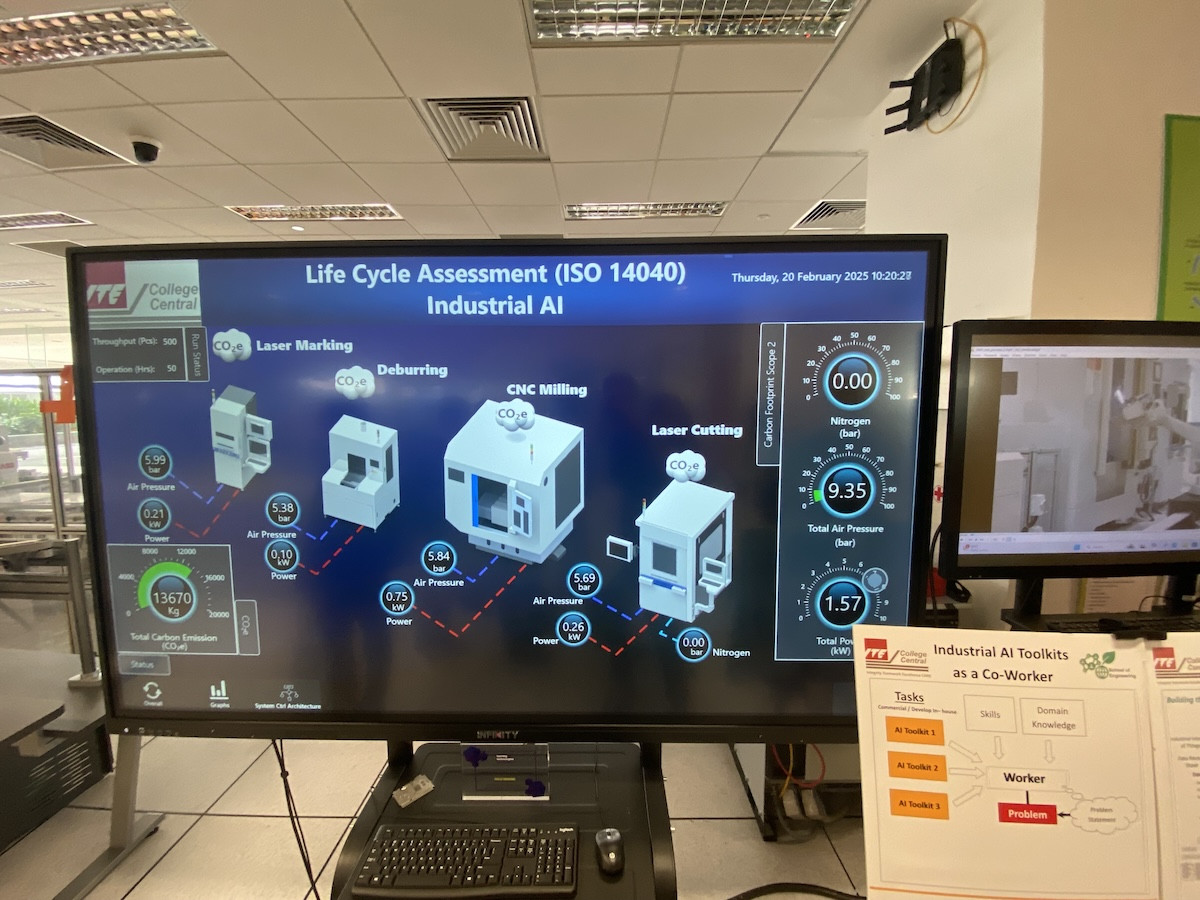
Singapore's technology training institutions have close connections with the local government and businesses. Photo: Vinh Ngo
Meanwhile, universities and colleges cooperate with businesses to train practical human resources. Students can participate in internships at large corporations such as GlobalFoundries, Micron or STMicroelectronics.
In 2024, these names, together with the Institute of Microelectronics under the Agency for Science, Technology and Research, signed a memorandum of understanding with the Institute of Technical Education, expanding internship programs and cooperation projects.
“We combine cutting-edge technology with practical business needs,” explains Samuel Ang.
In addition to infrastructure and physical resources, Singapore also focuses on "soft elements" - intangible factors that determine the sustainability of science and technology. These are an open culture, a spirit of cooperation and a belief in the value of knowledge.
Singapore fosters an environment that encourages innovation, where ideas are freely shared. The government and businesses work together to build trust with workers, from protecting intellectual property to ensuring the well-being of talent.
“In the past, when attracting large businesses to Singapore, we not only offered high remuneration to leaders, but also comprehensive care policies for their wives and children, helping them manage all household chores. These are soft factors that are often overlooked.”
Mr. Samuel Ang, ADB Director for ASEAN
Singapore also fosters a global mindset among its workforce, encouraging them to learn from the world while maintaining their own identity. It is these “soft ingredients” that help the island nation attract and retain top professionals, while also creating a driving force for continuous innovation.
Currently, Singapore has about 35,000 high-quality semiconductor workers thanks to the coordination between the Economic Development Board (EDB), universities and the Singapore Semiconductor Association (SSIA). Training institutions regularly dialogue with businesses to update their curriculum and stay ahead of technology trends.
According to the representative of ADB in the ASEAN region, Vietnam can learn from human resource training models, establish R&D centers or laboratories in universities like Singapore and "localize" experiences to suit reality.
Vietnamnet.vn
Source: https://vietnamnet.vn/viet-nam-can-tan-dung-suc-manh-cong-huong-de-tao-ra-gia-tri-rieng-2373847.html


![[Photo] In May, lotus flowers bloom in President Ho Chi Minh's hometown](https://vphoto.vietnam.vn/thumb/1200x675/vietnam/resource/IMAGE/2025/5/15/aed19c8fa5ef410ea0099d9ecf34d2ad)
![[Photo] Prime Minister Pham Minh Chinh receives Country Director of the World Bank Regional Office for Vietnam, Laos, Cambodia](https://vphoto.vietnam.vn/thumb/1200x675/vietnam/resource/IMAGE/2025/5/15/2c7898852fa74a67a7d39e601e287d48)



![[Photo] President Luong Cuong attends the National Ceremony to honor Uncle Ho's Good Children](https://vphoto.vietnam.vn/thumb/1200x675/vietnam/resource/IMAGE/2025/5/15/9defa1e6e3e743f59a79f667b0b6b3db)
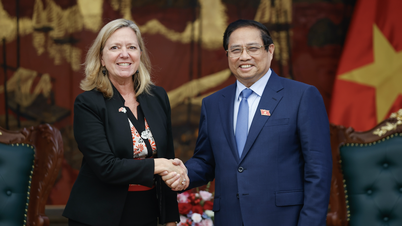








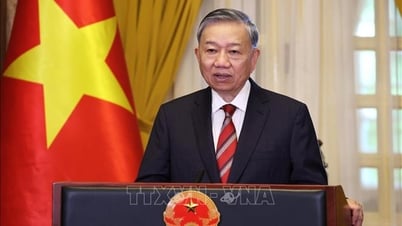

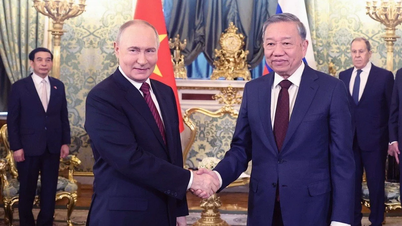

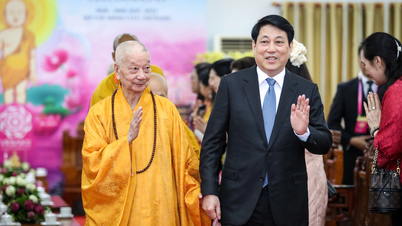

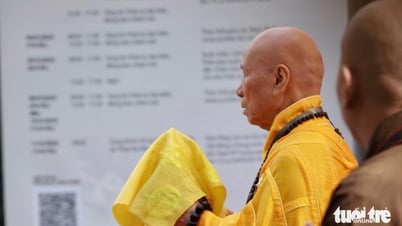

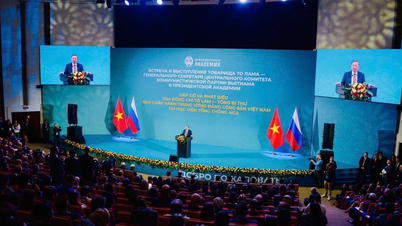




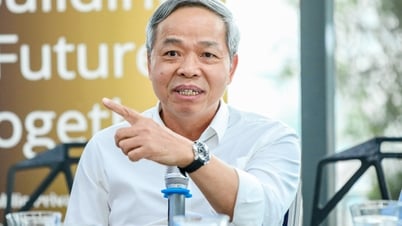
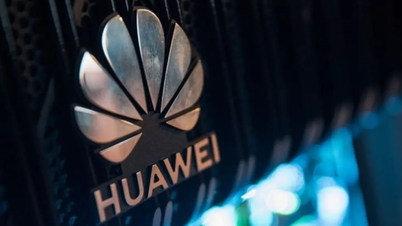
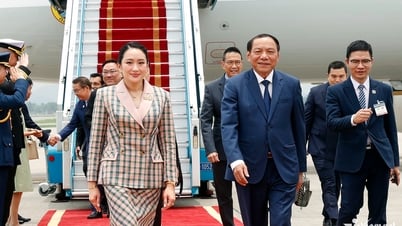
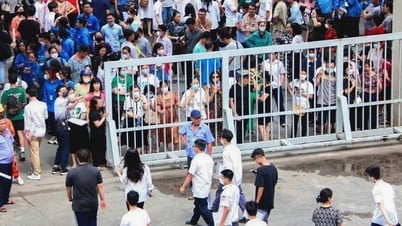
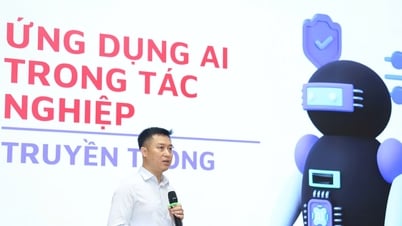

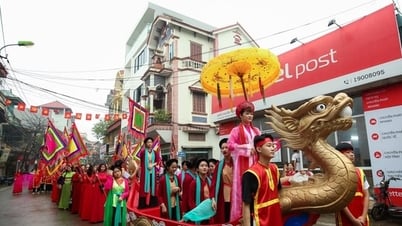







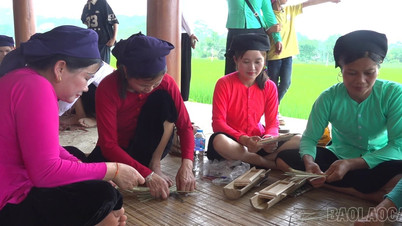

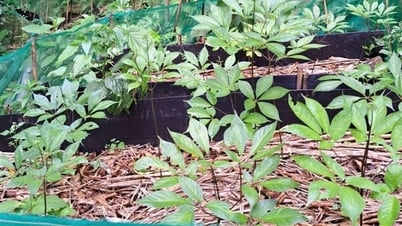

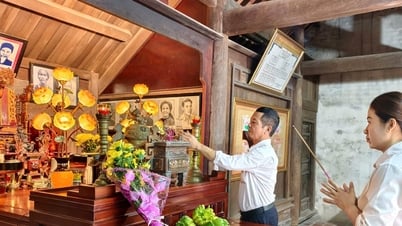




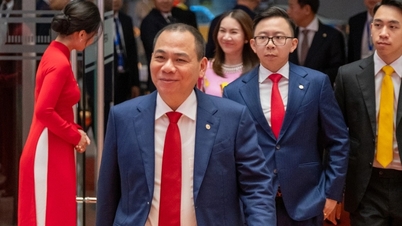









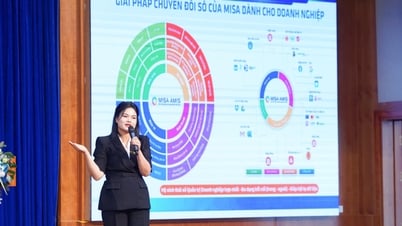




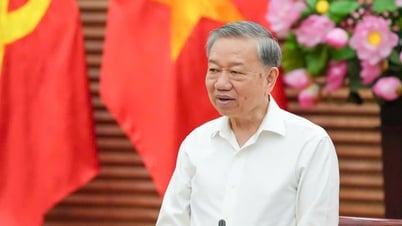
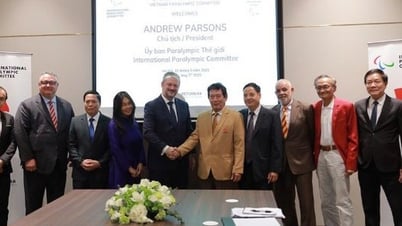
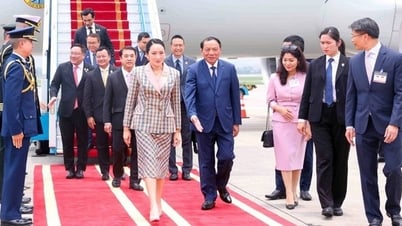

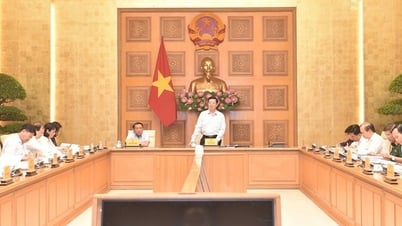








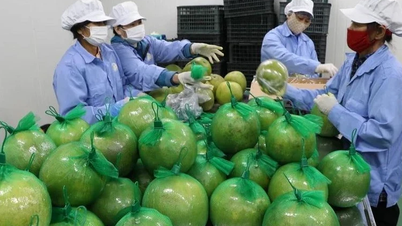

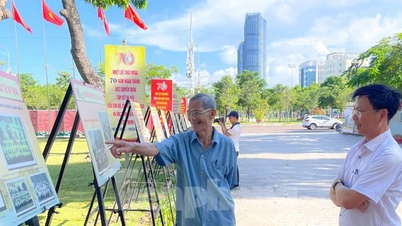


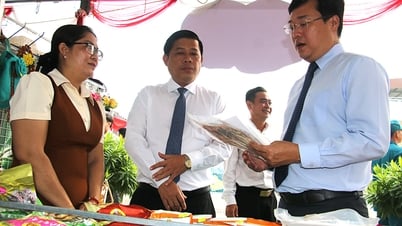
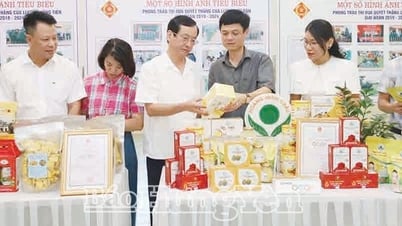

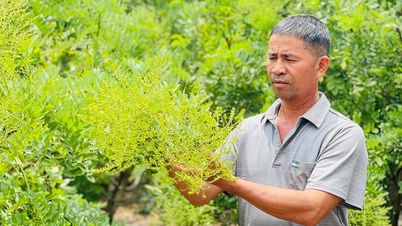





Comment (0)